nursecarla
TPF Noob!
- Joined
- Jan 1, 2009
- Messages
- 6
- Reaction score
- 0
- Can others edit my Photos
- Photos OK to edit
I am a beginner photographer, and I want to purchase some alien bees, to set up a small home studio. I will be mostly taking pictures of my daughter, family etc.. to improve my skills.
I am doing this as a hobby right now.
Any advice?
Thanks
Carla
I am doing this as a hobby right now.
Any advice?
Thanks
Carla


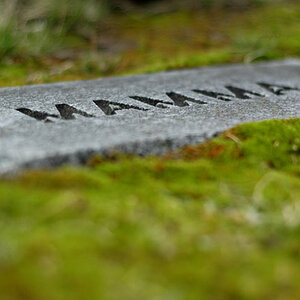
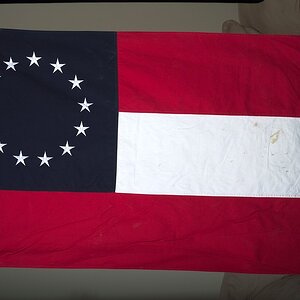
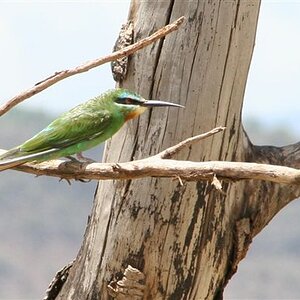
![[No title]](/data/xfmg/thumbnail/40/40308-f92e28f094216c151f3ad1fd7453c99b.jpg?1619739413)
![[No title]](/data/xfmg/thumbnail/35/35266-f58b019dadff6920c09071a847f052c3.jpg?1619736970)
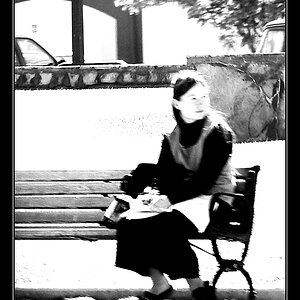
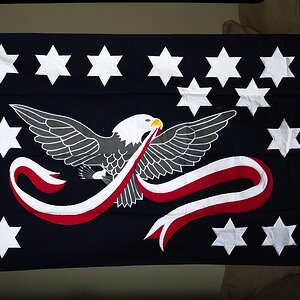
![[No title]](/data/xfmg/thumbnail/33/33030-2d80455c47ebf5f145e0bd5064267aea.jpg?1619735844)
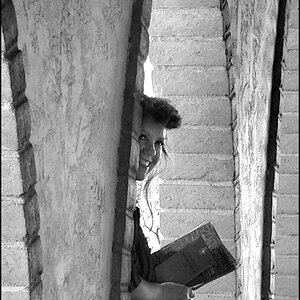

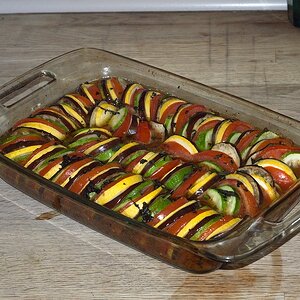
![[No title]](/data/xfmg/thumbnail/33/33031-909b1e1ff8739eef165c60b70c9a6a38.jpg?1619735845)